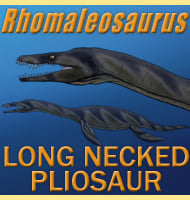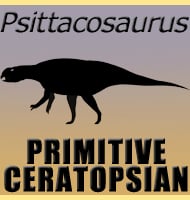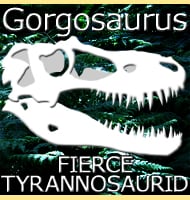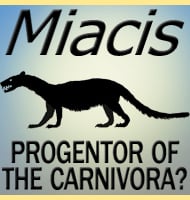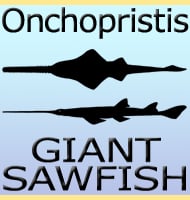In Depth
In 2009 Styletoctopus was one of two genera of extinct prehistoric octopuses presented to the world, the other being Keuppia. The fact that octopus fossils were found at all is worthy of headline news since with the exception of a hard keratinous beak, octopuses that we know today are entirely made up of soft muscle tissue, something that very rarely fossilises, and then usually only as an impression upon the rock. Styletoctopus was preserved flat upon a rock, and displays the outlines of eight arms, something that confirms its identity as an octopus and not another kind of cephalopod such as a squid (which for clarity typically have ten arms). Styletoctopus however does also appear to have been a very primitive octopus since it has also been found with the remains of a gladius.
A gladius is in essence an internal shell, and a remnant of the outer shells that the ancestral forms of Styletoctopus would have possessed. This means that Styletoctopus was not as advanced as modern octopuses, and while other cephalopods such as squid and cuttlefish do retain internal shells, the closest match for the gladius of Styletoctopus is actually the vampire squid, Vampyroteuthis infernalis. This does fit with fossil evidence since ancient relatives of the vampire squid, typically the genus Vampyronassa have been found in Jurassic age rocks, and together all of these genera may represent a diversification and radiation of cephalopod forms that eventually evolved into today’s modern forms.
Also because the gladius in Styletoctopus is still quite large when compared to modern forms, it’s not impossible that Styletoctopus may have been more pelagic (living in open water) than many of today’s octopuses. This is because of the internal shell, being bigger and less flexible, would have been a hindrance if a Styletoctopus ever tried to squeeze into a rock crevice to hide from possible predators. Finally the gladius of Styletoctopus is also the inspiration for the genus name since the internal shell is shaped like a stylet, a type of flint point also known as a Minet ed Dhalia point which are found in Lebanon, as was the Styletoctopus holotype fossil.Another prehistoric octopus genus discovered from Lebanese fossil deposits is Palaeoctopus.
Further Reading
– New octopods (Cephalopoda: Coleoidea) from the late Cretaceous (upper Cenomanian) of Cakel and Cadjoula, Lebanon. - Dirk Fuchs, Giacomo Bracchi, Robert Weis -1st Dec 2008 (pub January 2009)


